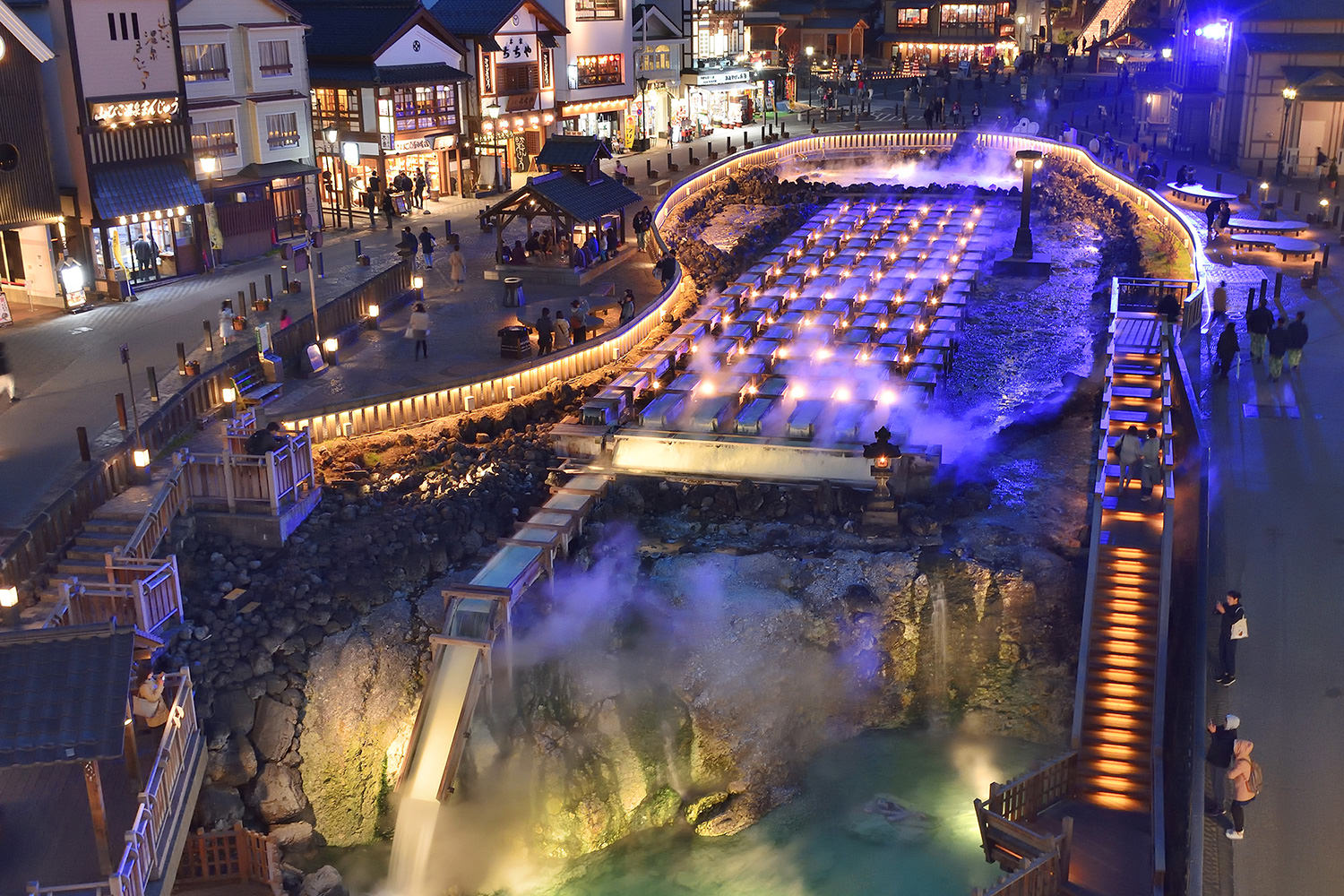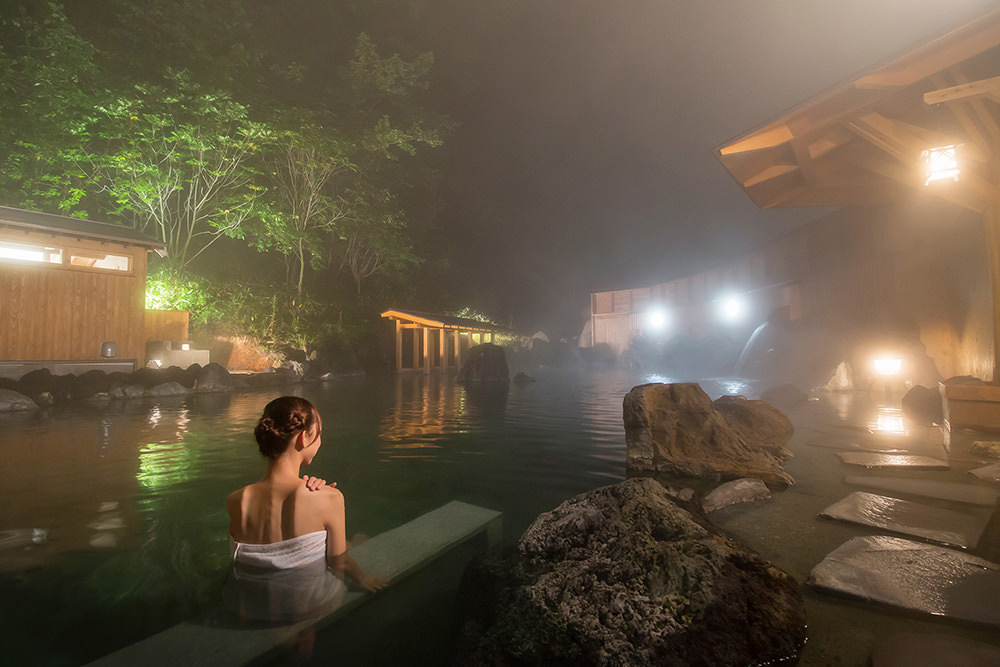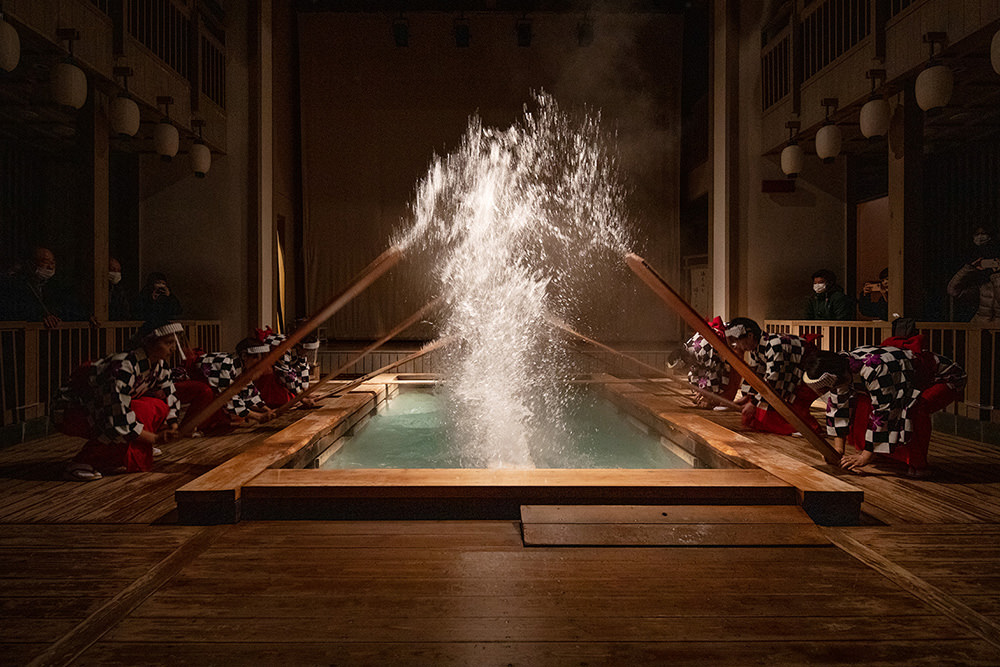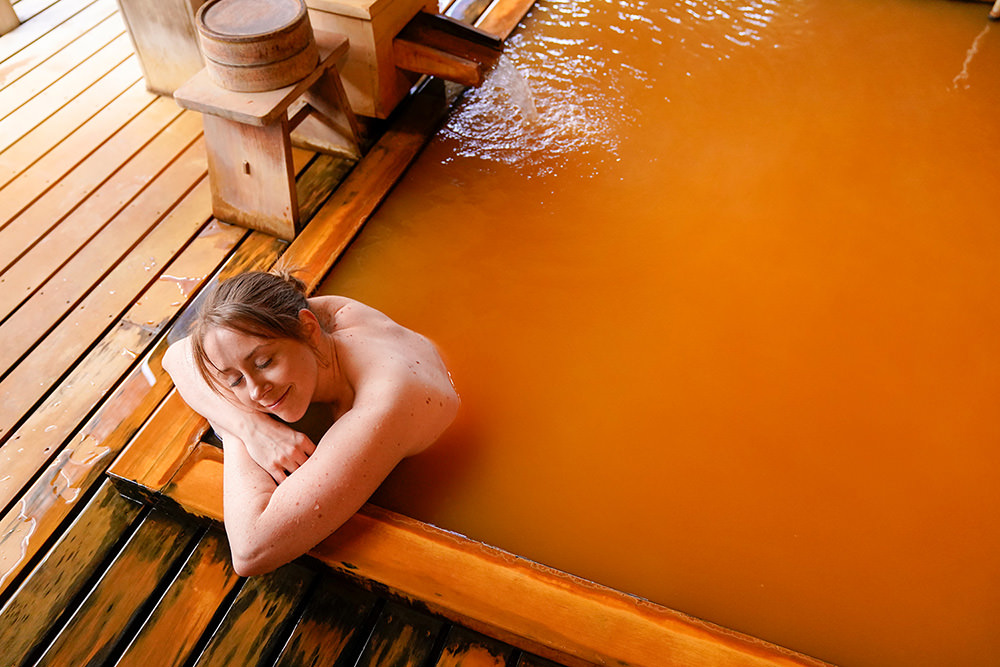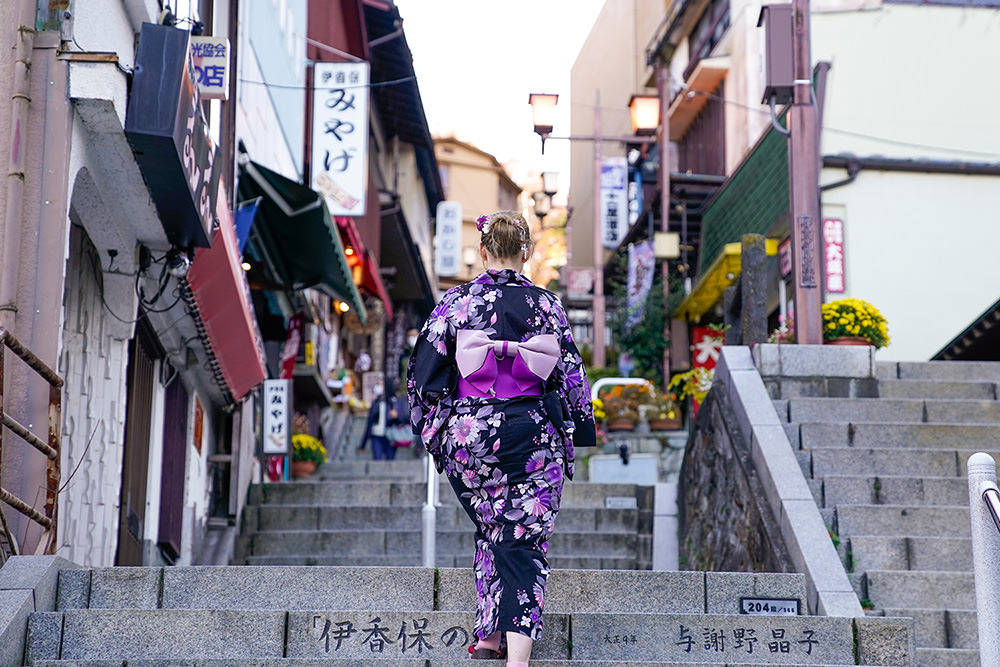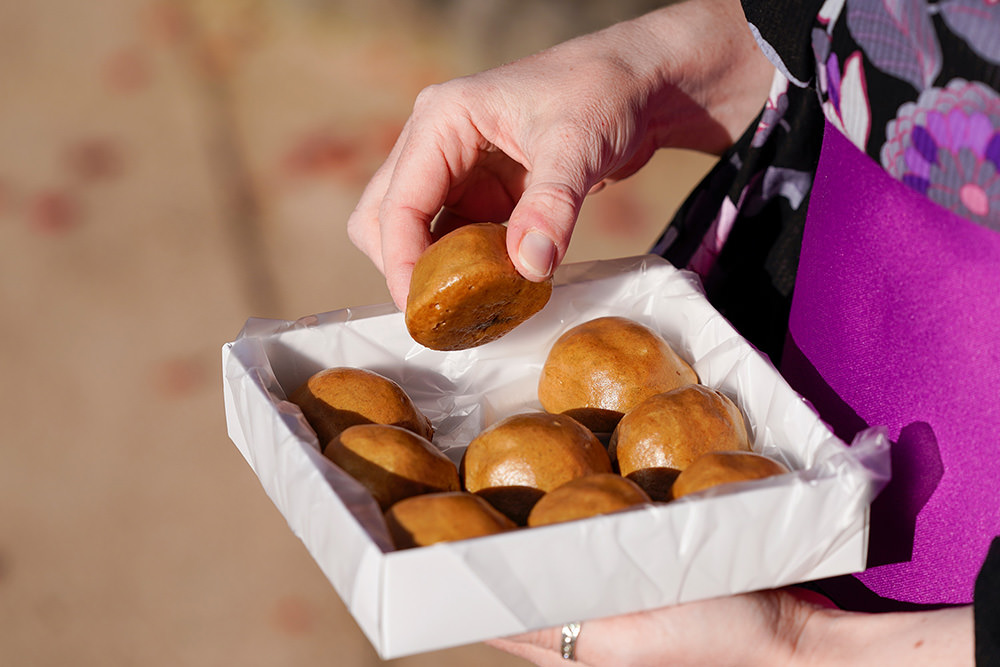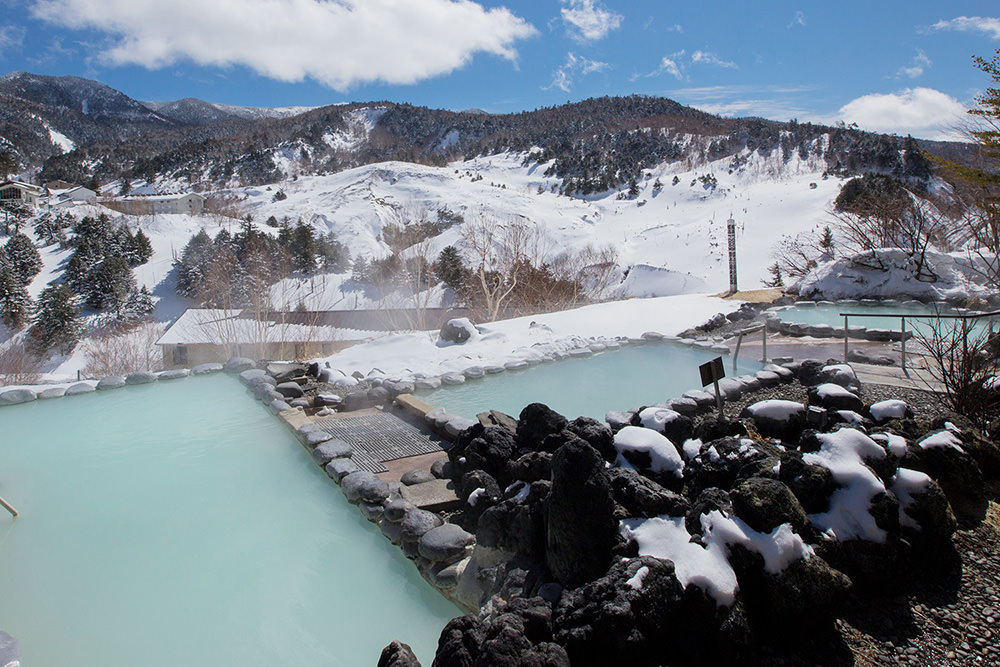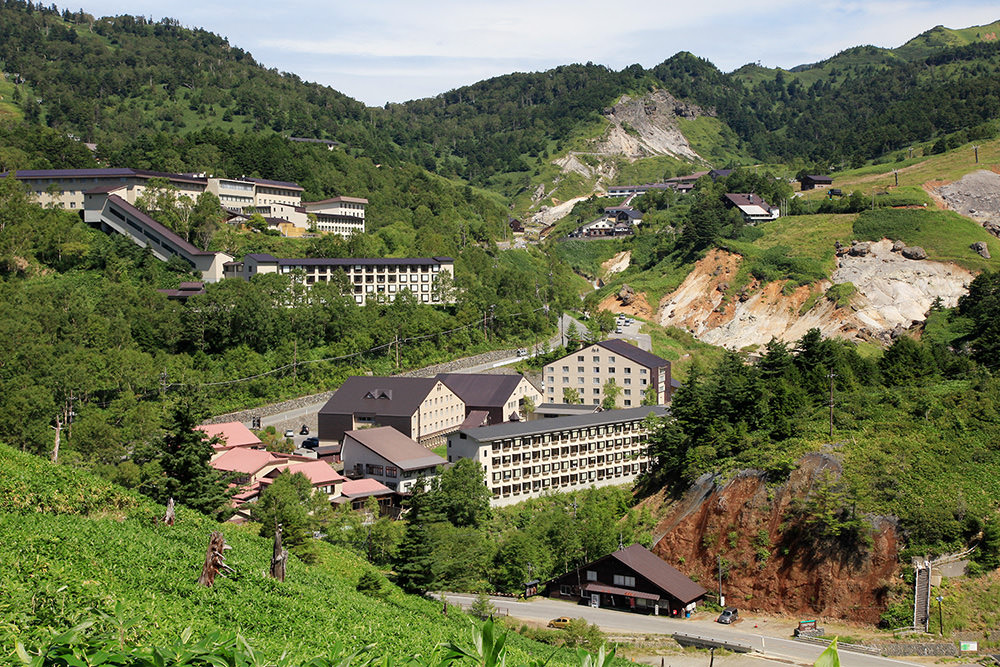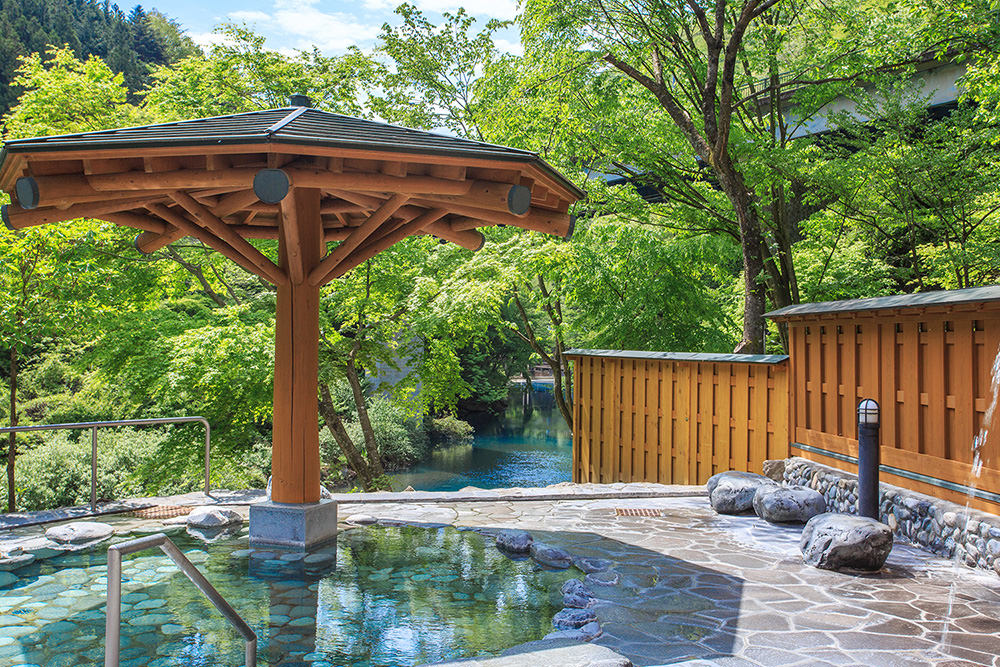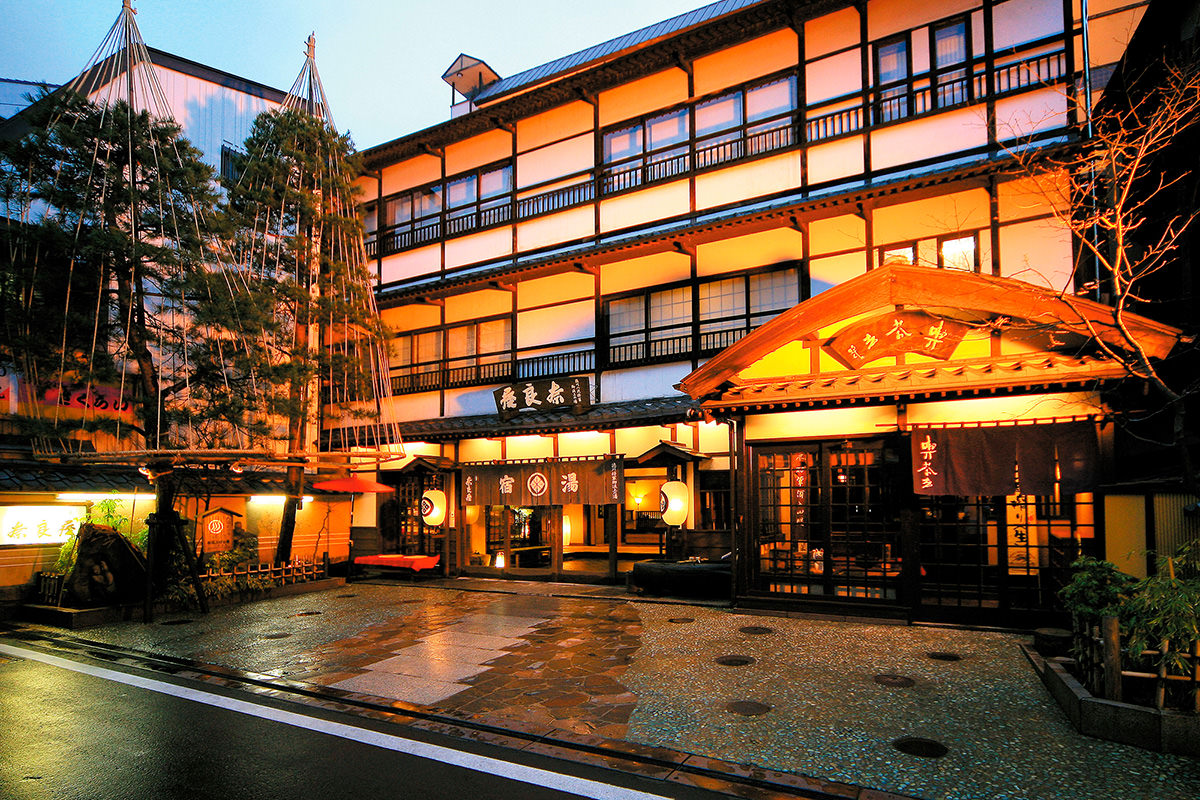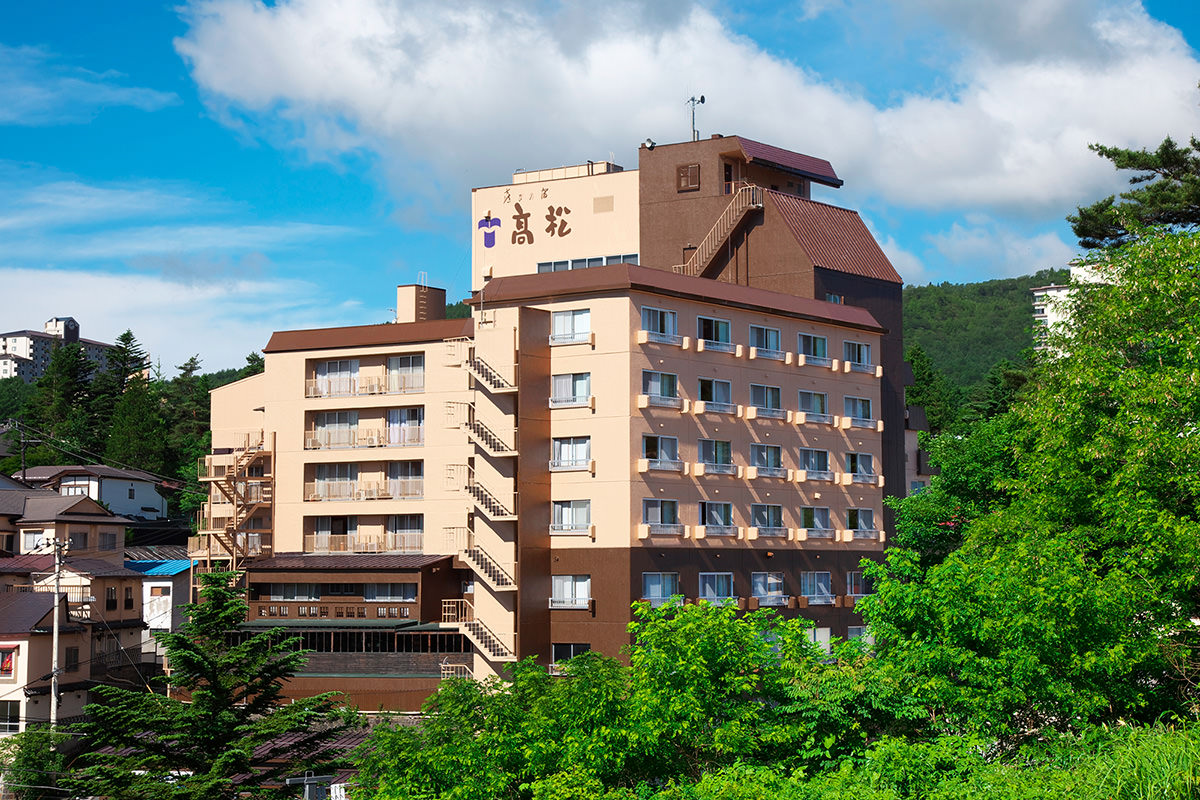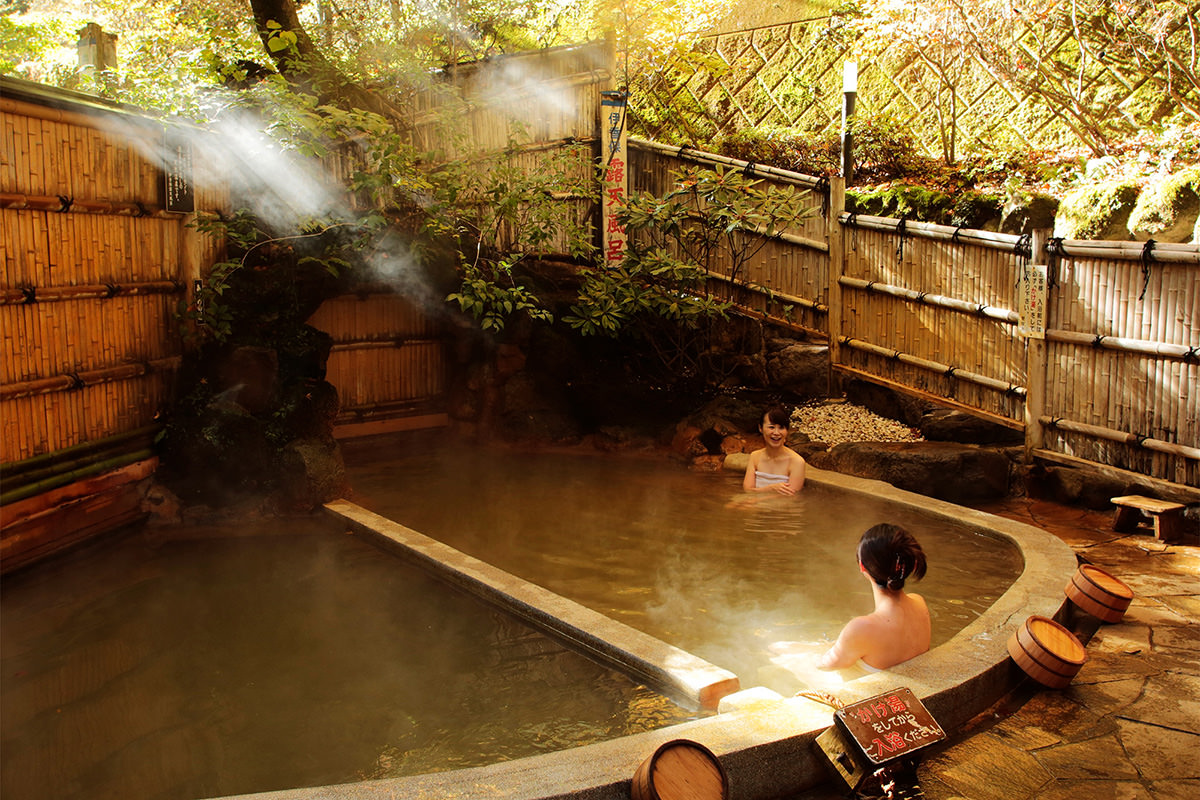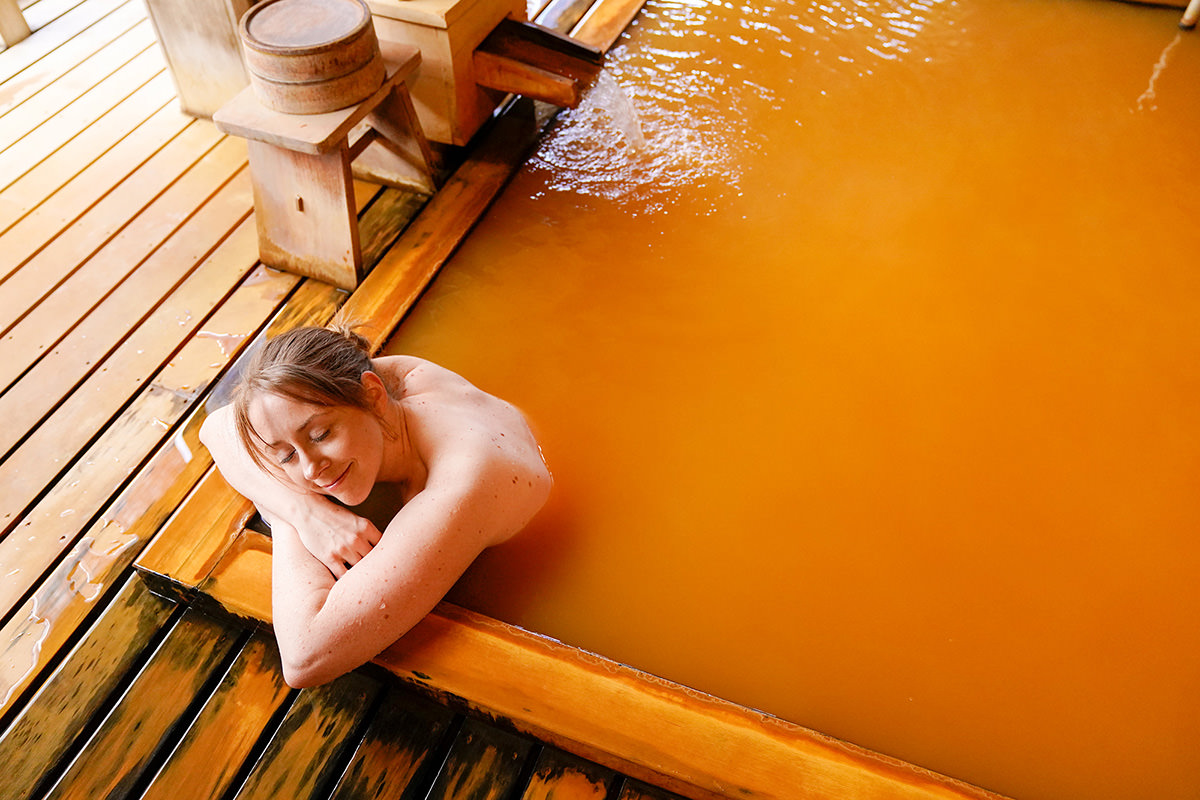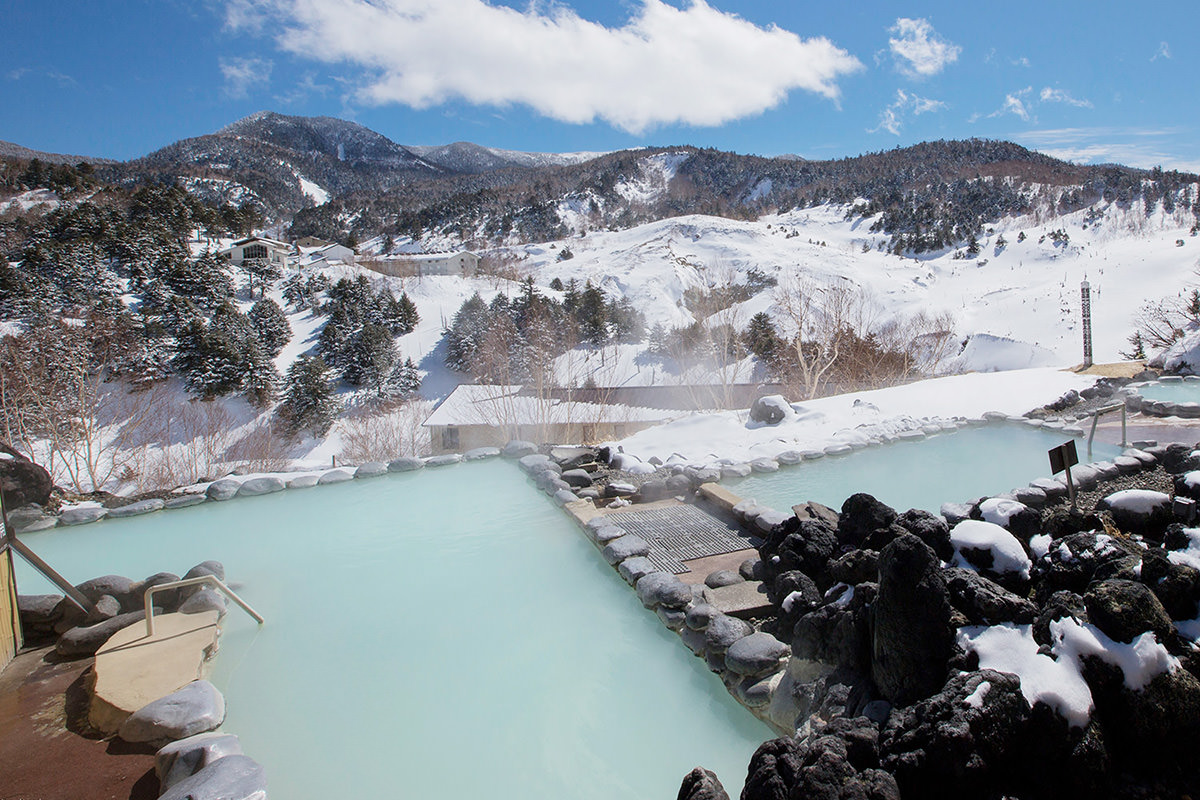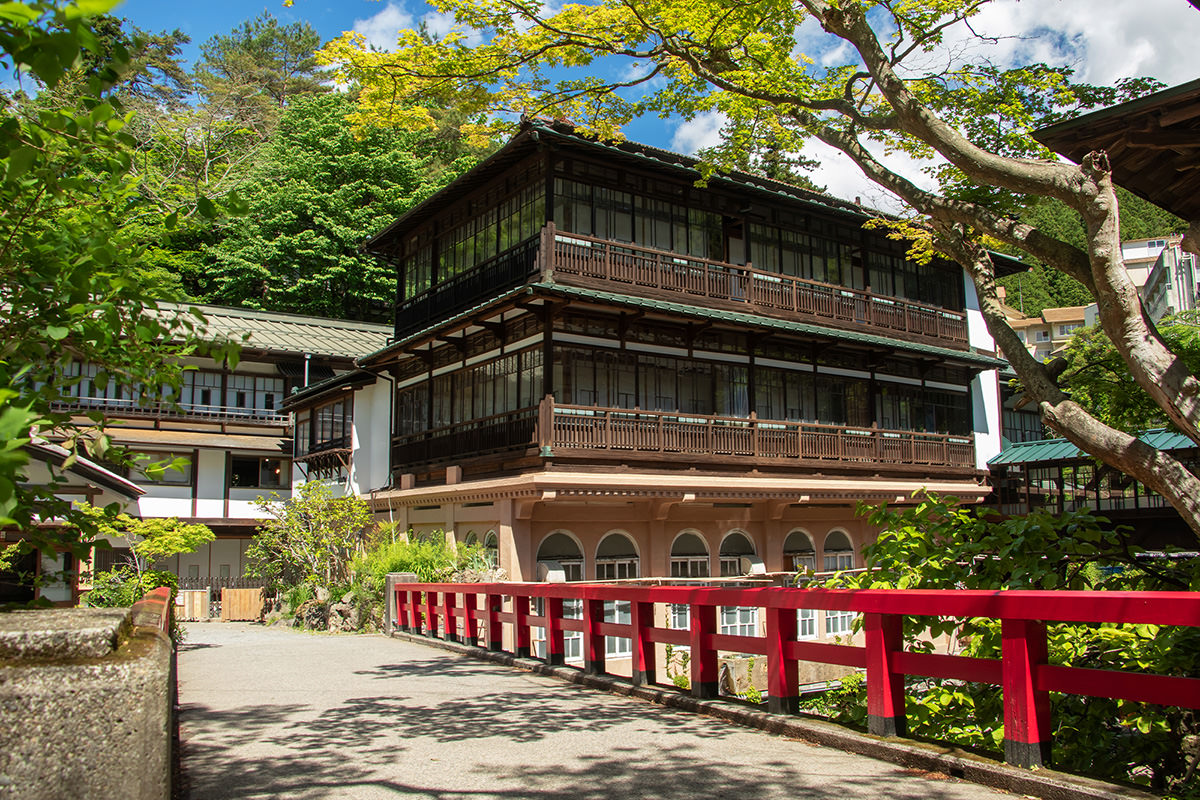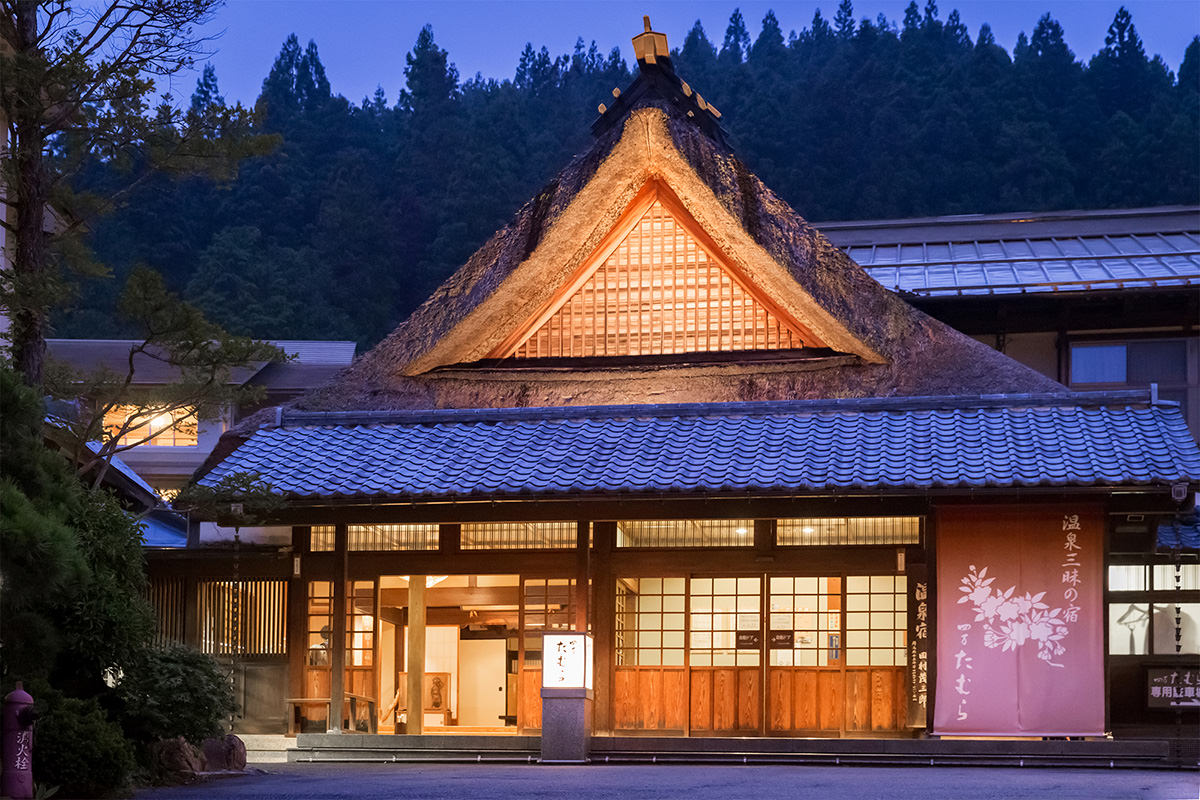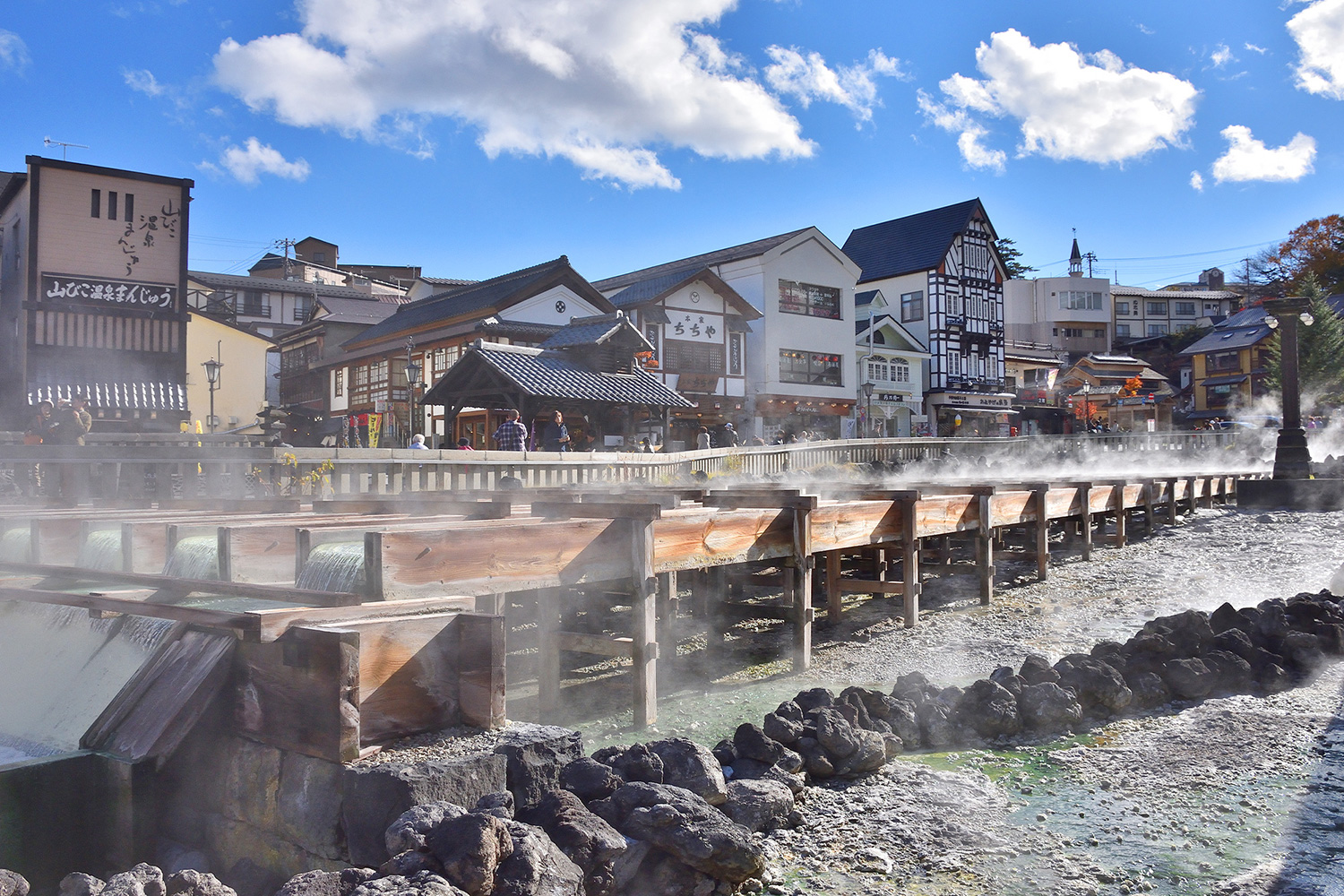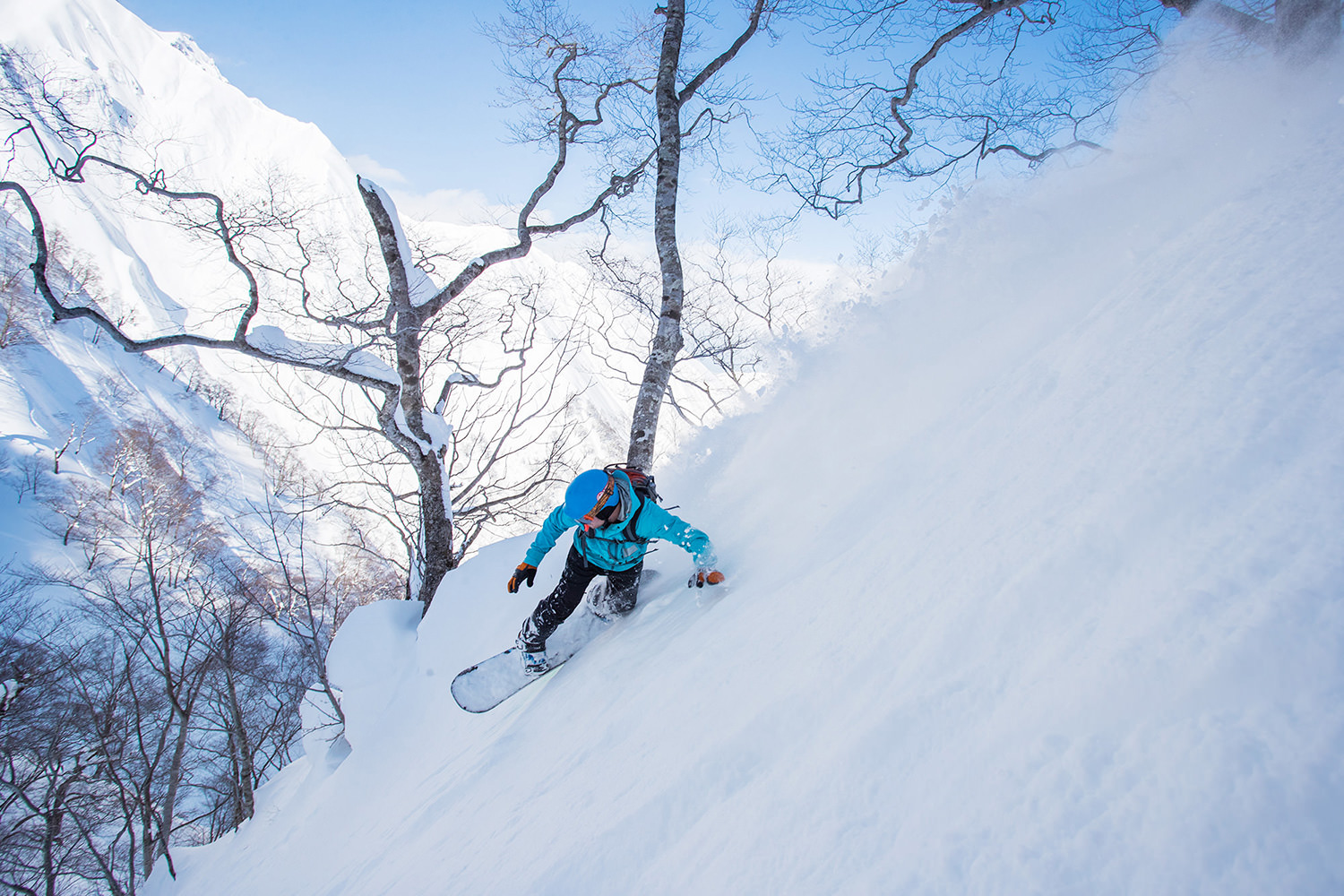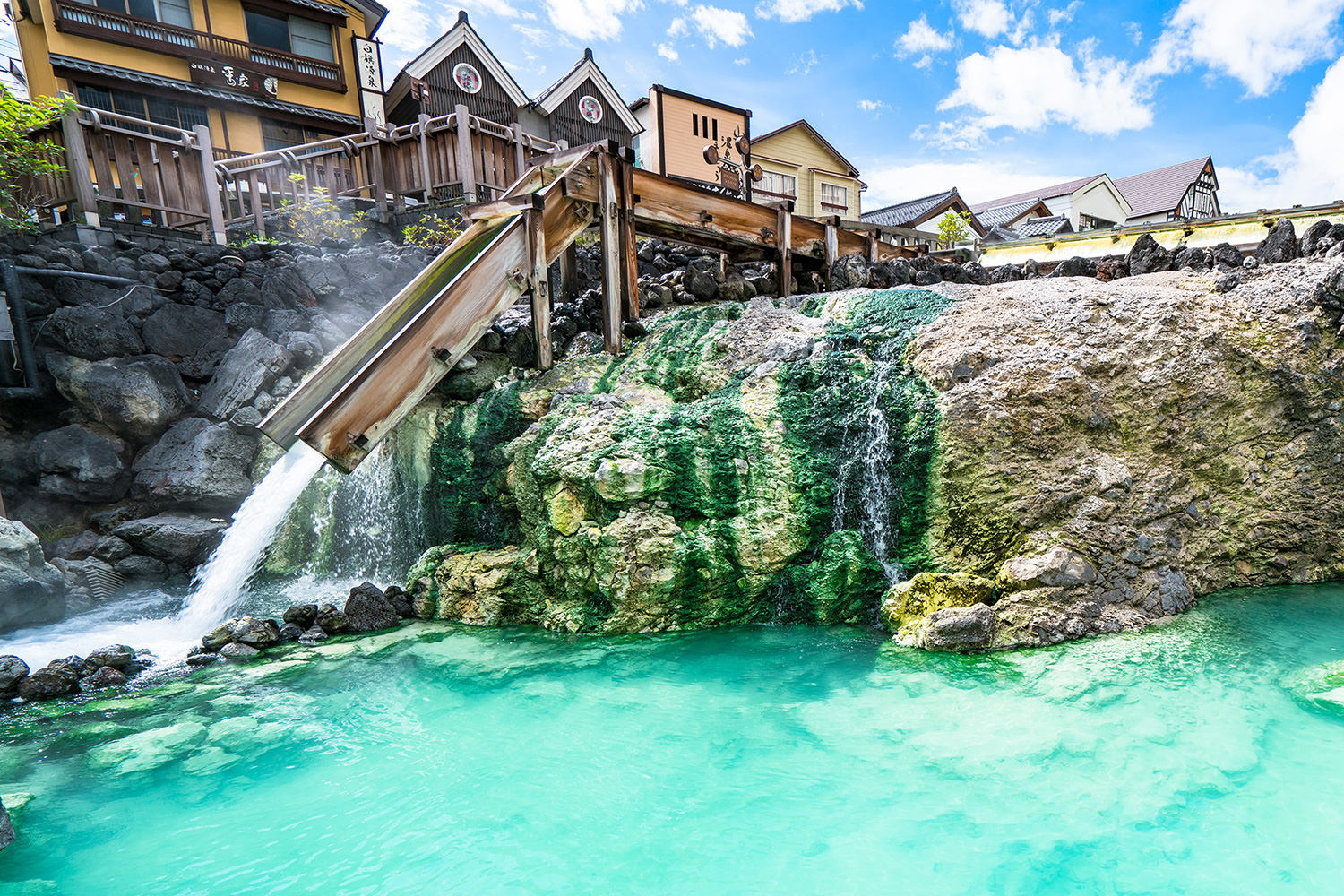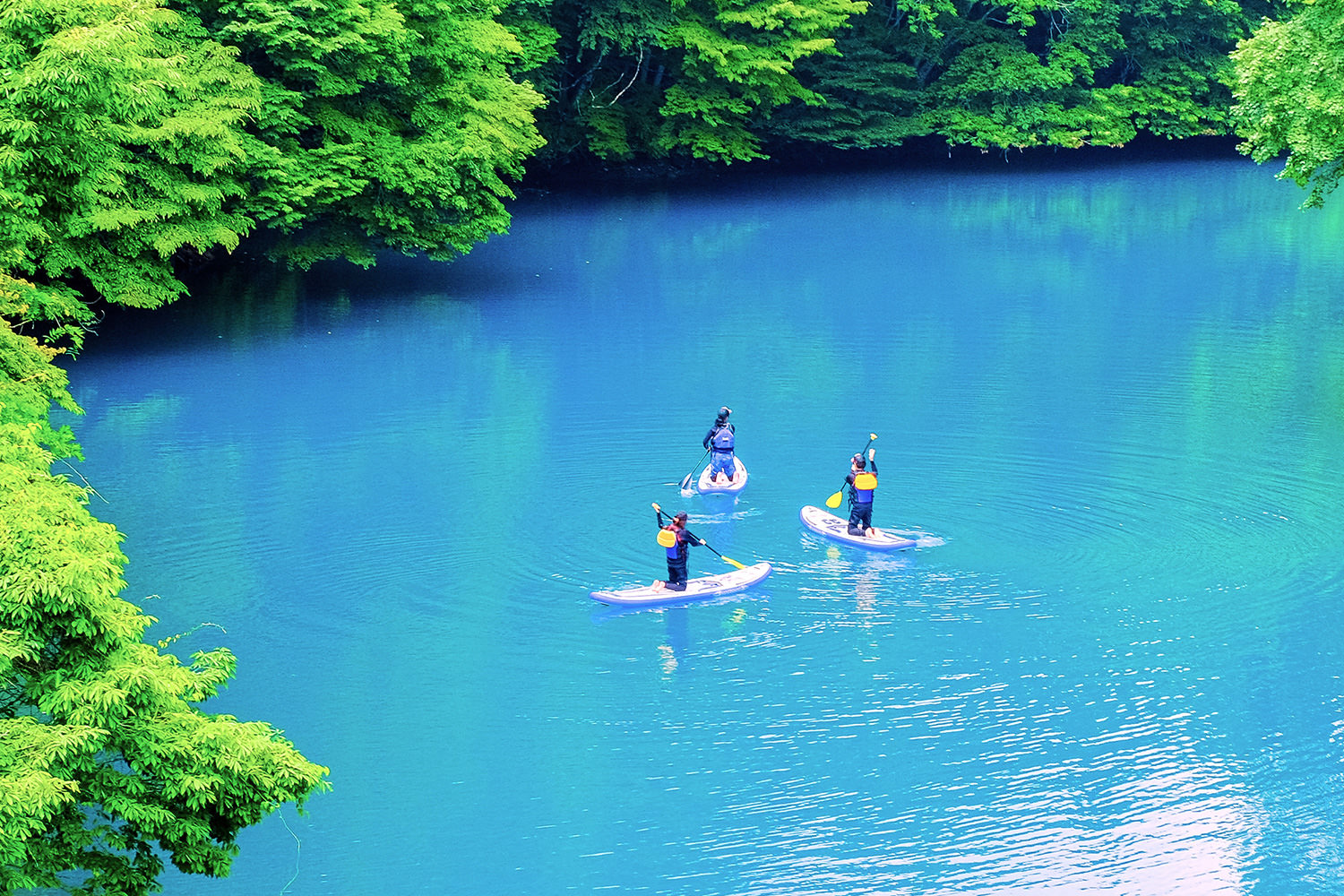
Build a custom itinerary using our Trip Planner. How to use
Relaxation
Sainokawara Open-Air Bath
Kusatsu
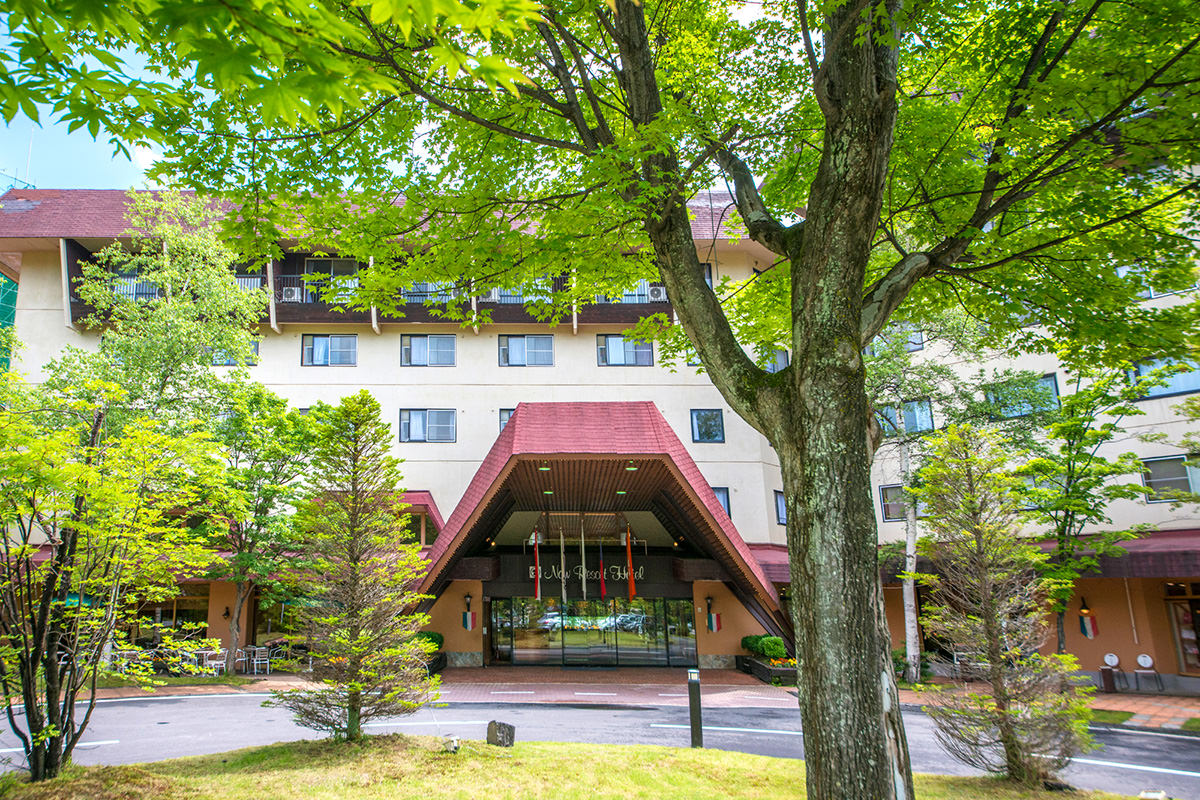
Build a custom itinerary using our Trip Planner. How to use
Accommodation
Kusatsu Now Resort Hotel
Kusatsu
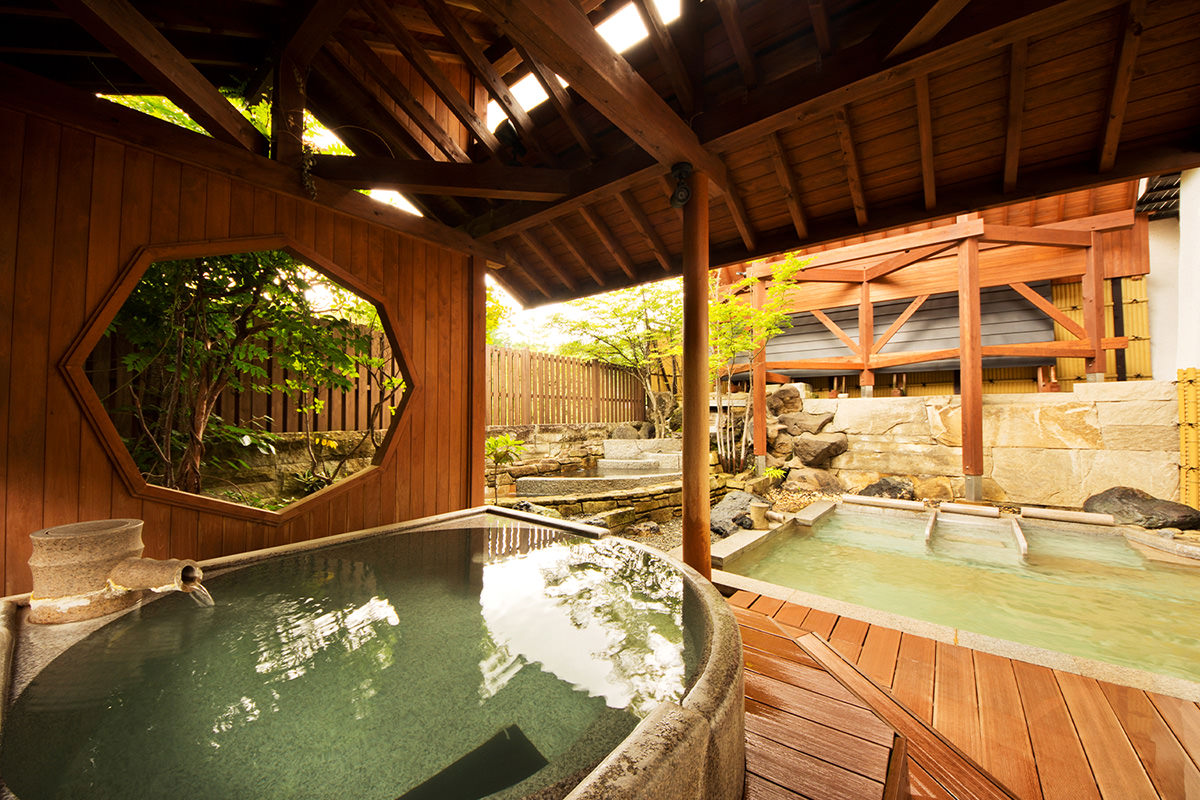
Build a custom itinerary using our Trip Planner. How to use
Accommodation
Kusatsu Onsen Hotel Village
Kusatsu
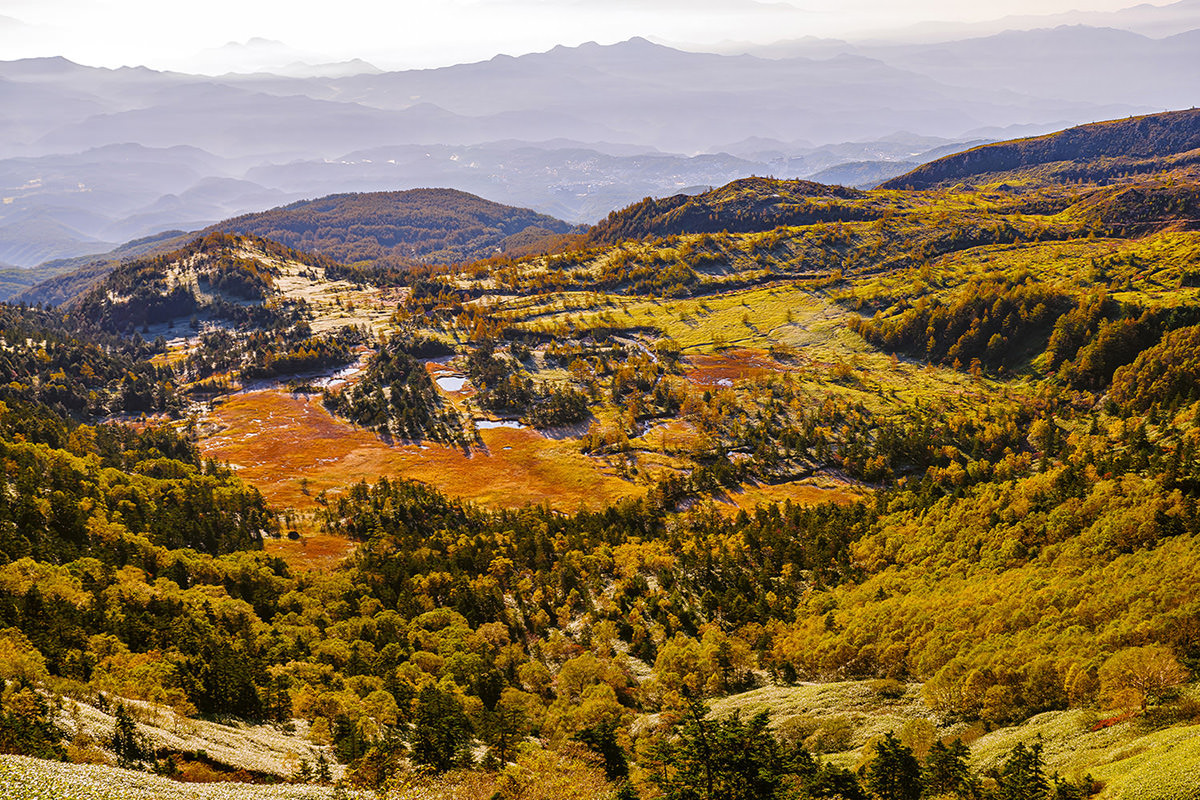
Build a custom itinerary using our Trip Planner. How to use
Nature & Outdoors
Yoshigadaira Wetlands
Kusatsu
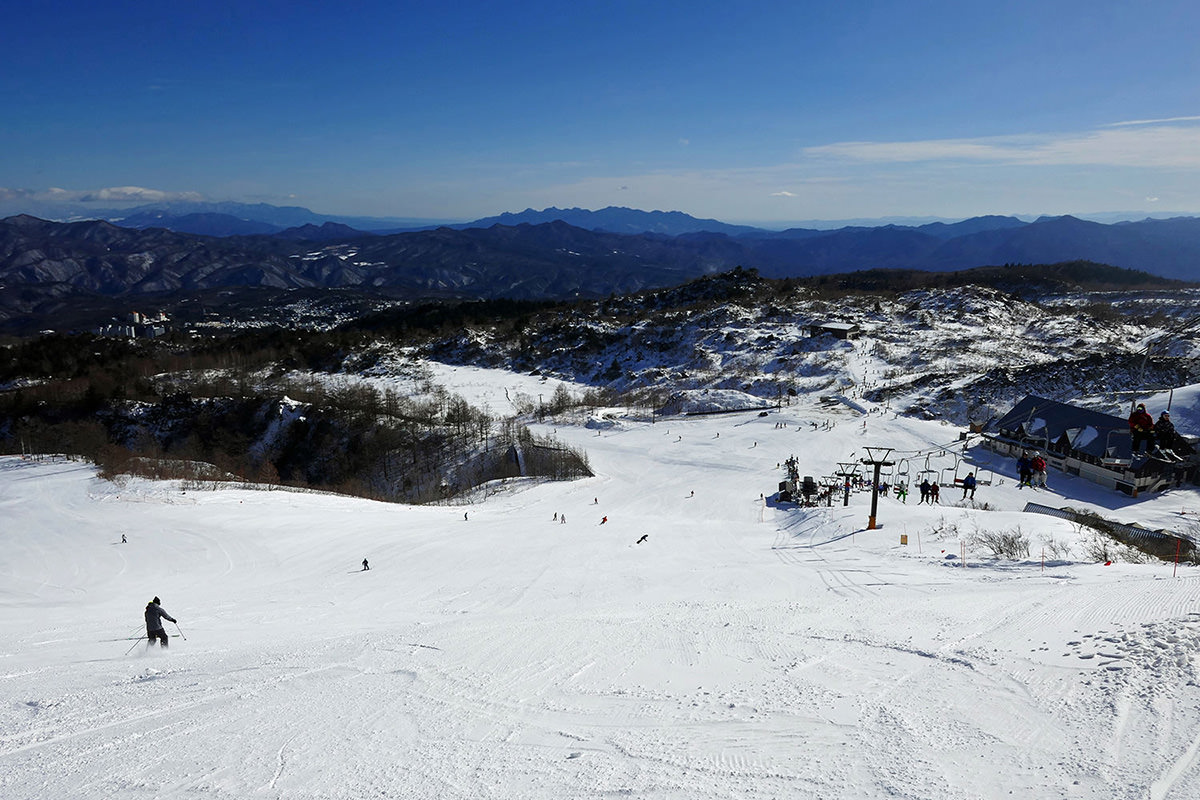
Build a custom itinerary using our Trip Planner. How to use
Action & Adventure
Kusatsu Onsen Ski Resort
Kusatsu
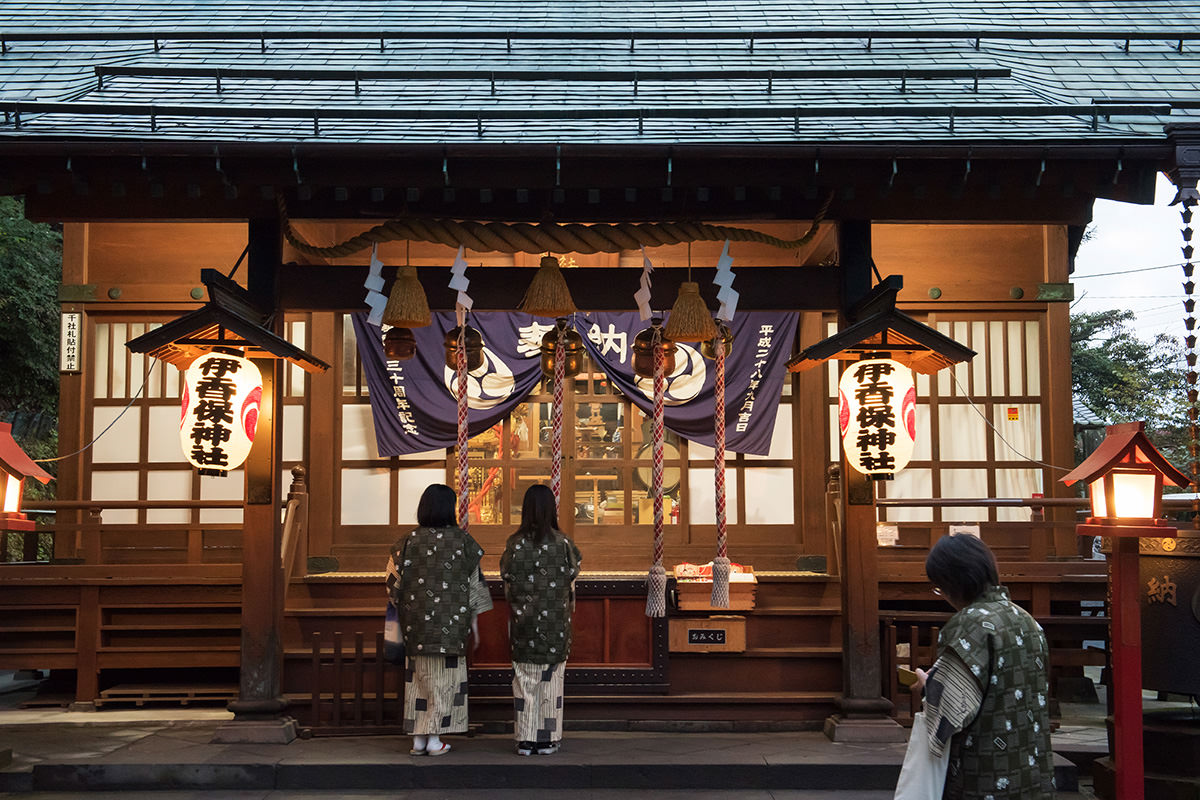
Build a custom itinerary using our Trip Planner. How to use
History & Culture
Ikaho-jinja Shrine
Ikaho
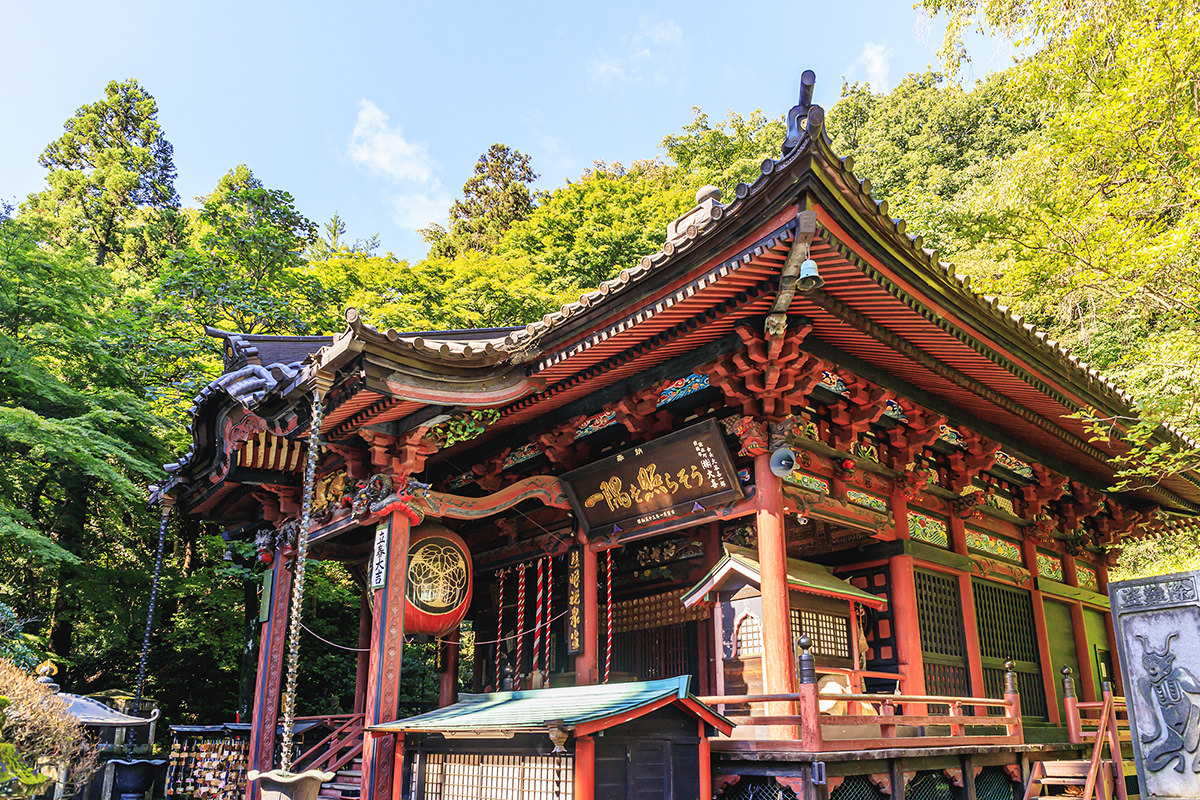
Build a custom itinerary using our Trip Planner. How to use
History & Culture
Mizusawa Kannon Temple
Ikaho

Build a custom itinerary using our Trip Planner. How to use
Action & Adventure
Manza Onsen Ski Resort
Kusatsu
